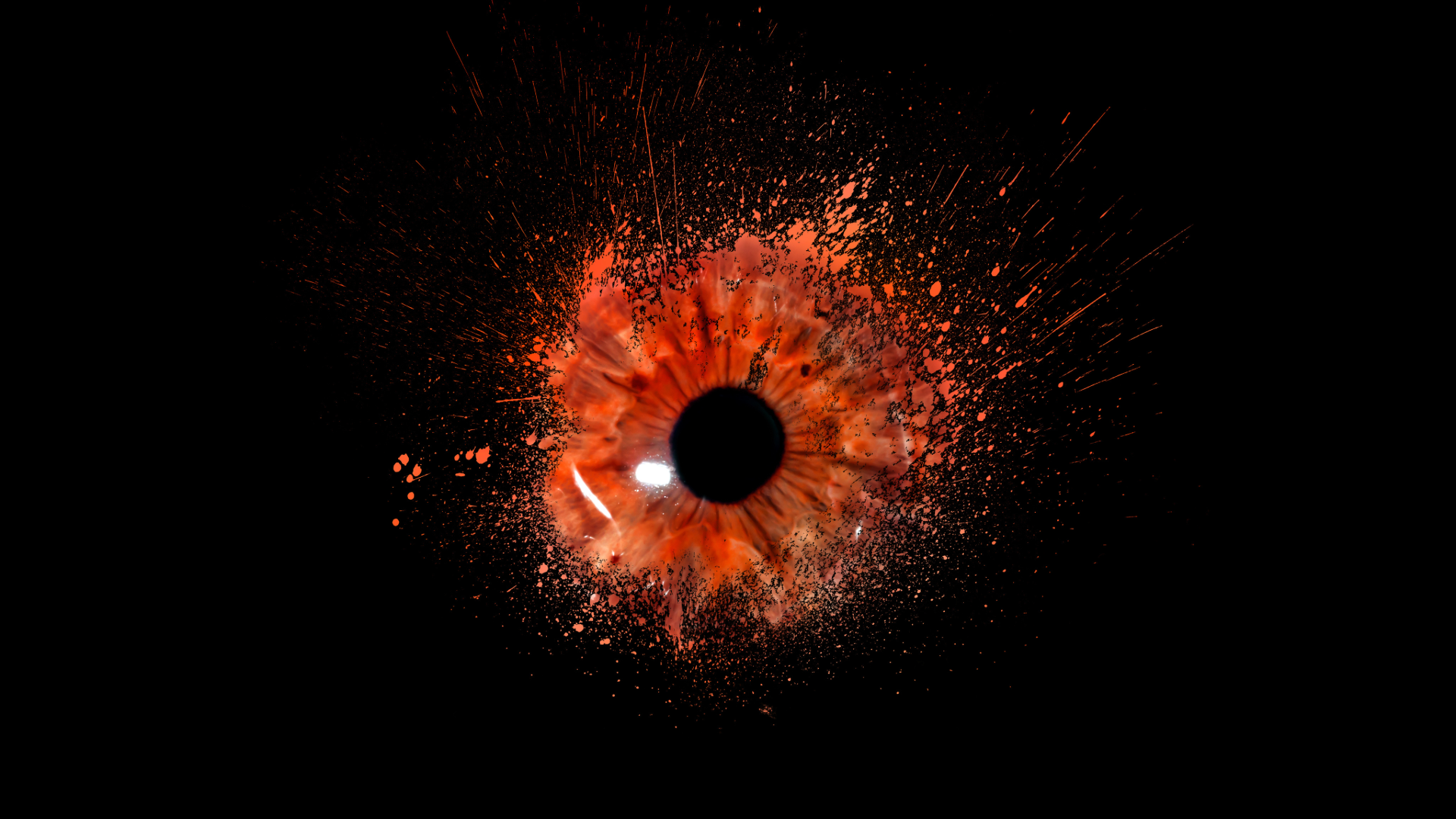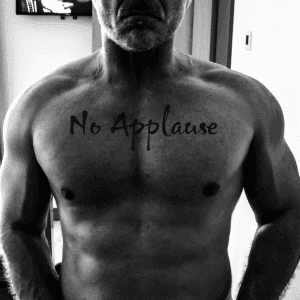When you’re deep into a fitness and hormone optimisation journey, the unexpected can catch you off guard. In my case, I experienced occasional blurred vision during heavy lifting sessions, and I also have a history of TRT-induced erythrocytosis (elevated red blood cell count). I eventually learned that these symptoms might not be isolated—they could be tied to a retinal condition known as Central Serous Retinopathy (CSR).
If you’re navigating hormone therapy, lifting heavy, and dealing with unexplained visual disturbances, you might want to read on.
What Is Central Serous Retinopathy (CSR)?
CSR is an eye condition characterised by the accumulation of fluid under the retina, particularly beneath the macula—the central part of your vision. This buildup occurs when the choroidal blood vessels leak, pushing fluid into the subretinal space and distorting vision.
Common Symptoms:
Blurred or hazy central vision
A dark or grey spot in the centre of vision
Distorted shapes or lines
Increased light sensitivity
Temporary or recurring episodes
CSR is often self-limiting and can resolve on its own, but in some cases, it recurs or becomes chronic.
Testosterone and CSR: Is There a Link?
Surprisingly, yes. Emerging research and clinical case reports suggest a correlation between elevated testosterone levels and CSR—though it’s not entirely clear whether testosterone directly causes it.
Here’s how the link may work:
1. Testosterone and Cortisol Regulation
Testosterone influences the hypothalamic-pituitary-adrenal (HPA) axis, which also governs cortisol production. When you’re on TRT, especially at supraphysiological doses or with poorly monitored therapy, it can alter the delicate balance between testosterone and cortisol.
CSR has been heavily linked to elevated cortisol levels, which increase vascular permeability in the choroid and promote fluid leakage beneath the retina.
2. Choroidal Vascular Effects
Testosterone affects vascular tone and may contribute to choroidal hyperpermeability—a key feature in CSR. Some studies suggest testosterone can increase vascular pressure and responsiveness, potentially aggravating choroidal circulation in susceptible individuals.
3. Who Gets CSR?
Men are six to ten times more likely to develop CSR than women. While stress is often cited as the main driver, it’s plausible that testosterone levels—whether natural or enhanced through TRT—play a supporting role in those predisposed to the condition.
Weightlifting, Blood Pressure, and CSR
Here’s where it gets even more personal. I noticed that blurred vision often occurred during or after heavy lifting sessions, and I couldn’t ignore the potential connection anymore.
What Happens to Blood Pressure During Lifting?
During intense resistance training—particularly with heavy compound lifts—your blood pressure can spike dramatically, especially if you’re using the Valsalva maneuver (holding your breath during the exertion phase). In extreme cases, systolic pressure can briefly exceed 300 mmHg, with diastolic pressure also rising sharply.
Why That Matters for CSR:
CSR is fundamentally a vascular issue, and these temporary spikes in blood pressure can worsen choroidal permeability. Even if the spikes are short-lived, they can theoretically contribute to:
Increased subretinal fluid accumulation
Delayed fluid reabsorption
Flare-ups in previously stable CSR cases
If you’ve already had an episode of CSR, these repeated pressure spikes could provoke recurrences or aggravate ongoing symptoms, especially when combined with other contributing factors like stress, cortisol, or TRT.
TRT and Erythrocytosis: Another Piece of the Puzzle
As part of my TRT protocol, I sometimes experience elevated red blood cell count (erythrocytosis). While this is a known side effect of testosterone therapy, it introduces another layer of complexity when eye health is involved.
How Erythrocytosis Could Impact CSR:
Increased Blood Viscosity
Elevated RBCs make your blood thicker, which can impair microcirculatory flow, especially in small, delicate vessels like those in the retina and choroid. Poor circulation here may exacerbate choroidal congestion, making it harder for the eye to clear subretinal fluid.Higher Blood Pressure and Vascular Stress
Thicker blood means your heart has to work harder to pump, potentially contributing to increased systemic blood pressure—again, a known risk factor in CSR progression.Oxygen Delivery and Retinal Stress
Despite having more red blood cells, the actual oxygen delivery can suffer due to sluggish flow in small vessels, possibly stressing the retina and its supporting structures.
Is the Blurred Vision During Lifting Attributable to CSR?
In my case, it’s difficult to know with absolute certainty, but the correlation is strong enough to consider:
Likely Mechanisms:
Weightlifting spikes BP and intraocular pressure (IOP) → worsens fluid leakage in CSR
Valsalva maneuver increases retinal stress → possibly contributes to visual disturbances
TRT-induced erythrocytosis increases blood viscosity → impairs choroidal blood flow
Cortisol and stress response from heavy training and lifestyle → potential CSR trigger
If you’ve had blurred or distorted vision specifically during lifting, and you’re also on TRT (especially with occasional high hematocrit levels), it’s very possible that these factors are not acting in isolation. Instead, they may be interacting to aggravate or re-trigger CSR.
Practical Takeaways: How to Protect Your Eyes While Lifting on TRT
If you’re navigating similar circumstances, here are some key steps to take:
1. Monitor Your Hematocrit and Hemoglobin
Keep hematocrit below 52% to reduce viscosity risk
Consider therapeutic phlebotomy or adjusting TRT dosage if levels rise
Stay well hydrated to support healthy blood flow
2. Modify Your Training Style
Avoid maximal lifts and heavy straining
Switch to moderate weights (8–15 reps) with continuous breathing
Skip the Valsalva maneuver—exhale during exertion
Incorporate aerobic exercise to help regulate blood pressure and stress
3. Manage Stress and Cortisol
CSR is a stress-sensitive condition
Add mindfulness, breathwork, or recovery protocols to your routine
Consider reducing training frequency or intensity if you’re feeling chronically “wired”
4. Monitor Vision Changes
Keep a journal of when blurred vision occurs (time of day, intensity of session, stress levels)
Get regular eye exams, especially if you have a history of CSR
If symptoms persist, talk to your ophthalmologist about lifestyle, hormones, and blood health
Final Thoughts
When you’re pushing for optimisation—whether through training, TRT, or both—it’s easy to ignore the body’s quieter warning signs. But blurred vision is not something to brush off, especially if you’ve had or are at risk for Central Serous Retinopathy.
Your eye health, blood health, and hormone health are interconnected. And sometimes, in the pursuit of peak performance, it takes a moment of blurriness to refocus on what truly matters: balance, sustainability, and listening to your body.








